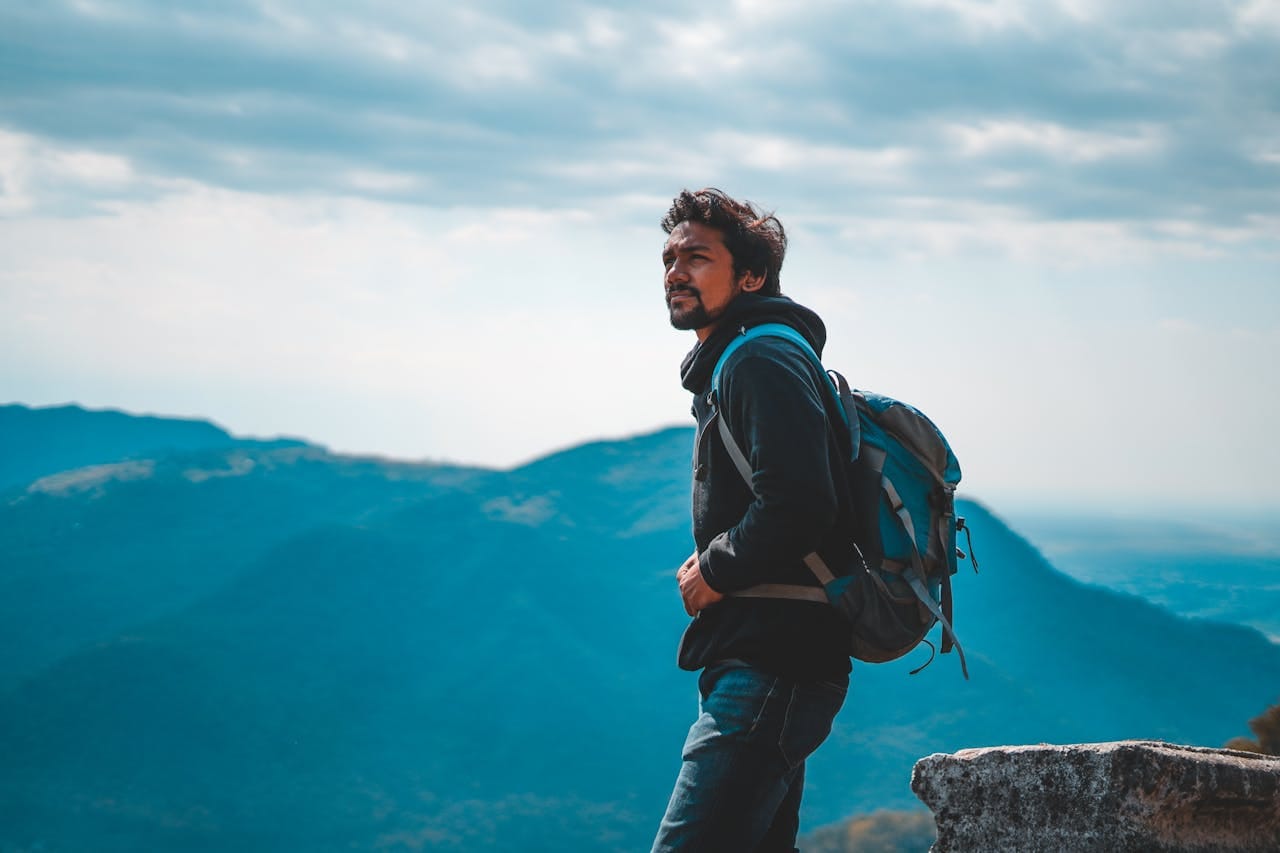When preparing for outdoor adventures, choosing the right backpack is one of the most important decisions you’ll make. The right backpack ensures comfort, convenience, and the ability to carry everything you need for a successful trip. But with so many options available, how do you decide which one is right for you? This guide will walk you through the key factors to consider, ensuring you find the perfect backpack for your next outdoor excursion.
Key Considerations When Choosing an Outdoor Backpack
1. Understand Your Activity
The type of outdoor activity you’re planning significantly influences the type of backpack you’ll need. Are you going for a day hike, a multi-day trek, or a climbing expedition? Each activity has specific requirements:
- Day Hiking: Lightweight and compact backpacks, usually with a capacity of 15-30 liters, are ideal.
- Overnight or Multi-Day Trips: These require larger packs (40-70 liters) to accommodate camping gear, food, and clothing.
- Climbing or Mountaineering: Look for specialized backpacks with gear loops, reinforced materials, and a slim profile for ease of movement.
2. Capacity and Size
The capacity of a backpack determines how much you can carry. While larger backpacks might seem like a good idea, it’s essential to match the size to your needs. Carrying unnecessary weight can lead to fatigue and discomfort. Use the following as a guideline:
- 15-30 liters: Day hikes or short trips.
- 30-50 liters: Overnight stays or minimalist weekend trips.
- 50-70 liters: Multi-day trips or winter adventures requiring extra gear.
3. Fit and Comfort
A backpack’s fit is arguably the most critical factor for comfort. To determine the right fit:
- Torso Length: Measure your torso and choose a pack that aligns with it. Many backpacks come in adjustable sizes for a customizable fit.
- Hip Belt: The hip belt should sit snugly on your hips, supporting the majority of the pack’s weight.
- Shoulder Straps: Look for padded straps that distribute weight evenly without digging into your shoulders.
Many outdoor gear retailers, such as REI, offer free fitting guides or in-store assistance to ensure you get the perfect fit.
4. Material and Durability
Outdoor backpacks must withstand rugged conditions. Look for durable materials such as nylon or polyester, often reinforced with ripstop technology. Water resistance or waterproof features are also essential for protecting your belongings in unpredictable weather.
5. Organization and Accessibility
Backpacks with multiple compartments and easy-access pockets help keep your gear organized. Features like side zippers, top-loading compartments, and hydration sleeve compatibility are highly recommended.
Essential Features to Look For
1. Hydration Compatibility
Staying hydrated during outdoor adventures is crucial. Many modern backpacks include hydration sleeves to hold a water reservoir and tube, making it easy to drink on the go.
2. Ventilation
A well-ventilated back panel prevents overheating and sweating during strenuous activities. Look for backpacks with mesh panels or advanced ventilation systems.
3. External Attachment Points
Attachment points like gear loops, daisy chains, or compression straps allow you to secure additional gear, such as trekking poles, sleeping bags, or climbing equipment.
4. Weather Protection
Consider backpacks with built-in rain covers or waterproof zippers. For wetter climates, a fully waterproof backpack may be necessary.
Avoid Common Backpack Buying Mistakes
1. Overpacking Capacity
It’s tempting to buy a larger backpack for “just in case” scenarios, but an oversized pack can lead to unnecessary strain. Stick to the capacity suited for your activity.
2. Ignoring Weight Distribution
Improper weight distribution can cause discomfort and even injuries. Ensure your backpack’s design supports proper weight allocation with a sturdy frame and balanced compartments.
3. Choosing Based Solely on Appearance
While aesthetics are a bonus, prioritize functionality and comfort over design. A stylish backpack won’t matter much if it’s uncomfortable after a few hours on the trail.
Final Thoughts: Finding Your Perfect Backpack
Choosing the right backpack for outdoor adventures requires balancing comfort, capacity, and functionality. By understanding your activity’s specific demands and prioritizing fit and durability, you’ll ensure a more enjoyable experience on the trail. Whether you’re a casual day hiker or a seasoned mountaineer, the perfect backpack is out there waiting for you.
Remember, investing time in researching and trying on backpacks is as important as selecting the right outdoor footwear. With the right gear, your adventures can be safer, more comfortable, and infinitely more enjoyable.

